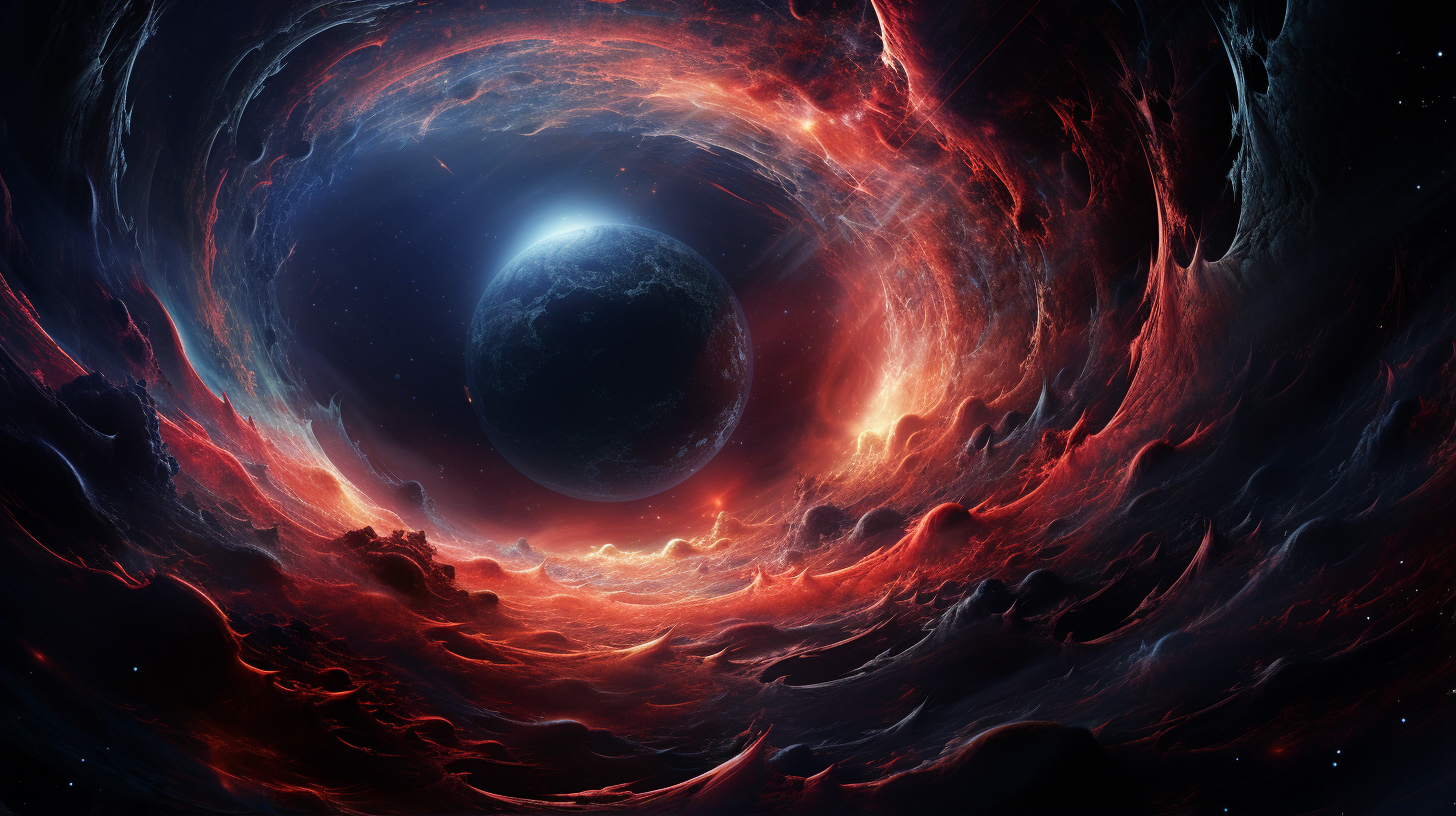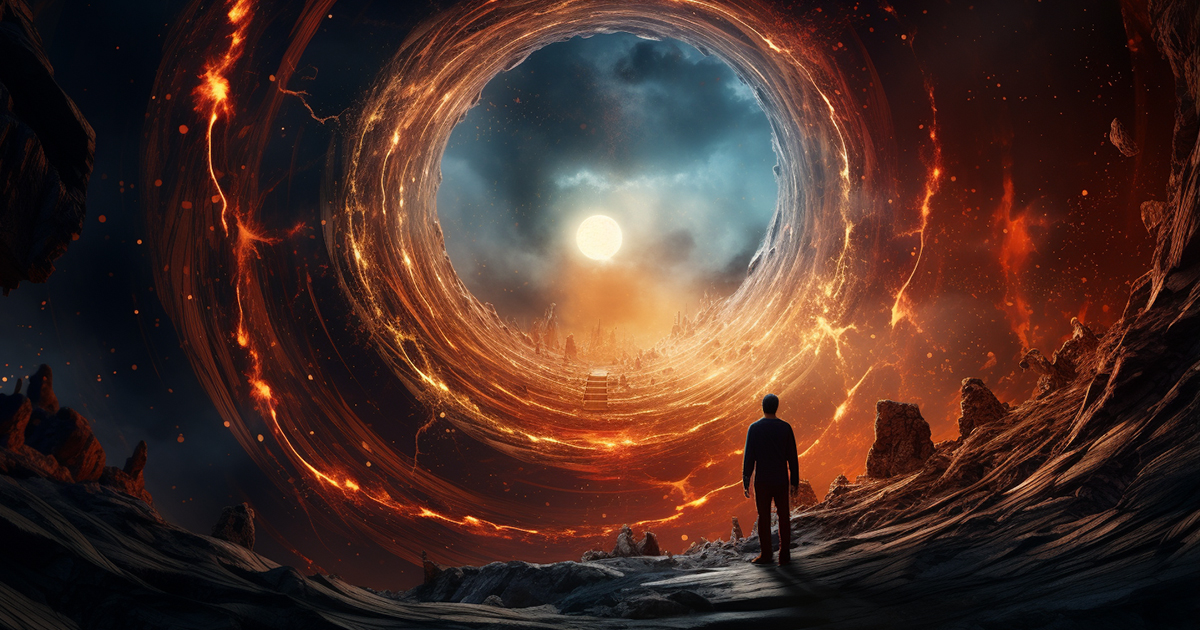Over the course of scientific history, pivotal moments have surfaced, reshaping our grasp of the vast universe and our place within it.
A crucial turning point took place in July 1935 at the Institute for Advanced Study in Princeton, New Jersey, as acclaimed physicists Albert Einstein and Nathan Rosen collaborated on a groundbreaking concept.
This innovative notion had the power to transform our understanding of the fabric of space-time, focusing on the mysterious realm of wormholes.
While Albert Einstein’s Theory of Relativity had already revolutionized our perception of the cosmos, the proposal by Einstein and Rosen transcended traditional boundaries of imagination.
They postulated that the Theory of Relativity could enable shortcuts through the continuum of space-time, creating passages known as “Einstein-Rosen bridges,” commonly known as wormholes.

However, what defines these wormholes exactly, and what makes them so intriguing? Picture a sheet of paper twisted and perforated to link two distant cosmic points. That forms the foundational concept behind a wormhole.
If these cosmic passages exist, they could connect far-flung regions of the universe, providing a potential path for interstellar journeys that captivates scientists and aficionados of science fiction alike.
Contemplate the vast expanses of the cosmos. The nearest star system to Earth is a daunting 4.2 light-years away. In simpler terms, one would have to travel at the speed of light, a staggering 186,000 miles per second, for over four years just to reach it.
Should wormholes prove viable, they could offer the only conceivable method to bridge such immense cosmic distances.
Nevertheless, a caveat exists. Building a traversable wormhole, as currently understood in science, would require an astronomical amount of energy far exceeding our present technological capabilities. This necessitates the consideration of “exotic matter.”
This theoretical substance, characterized by negative mass, remains veiled in mystery and unverified within established physics, presenting an enticing possibility while raising more questions than answers.

To comprehend the energy demand, envision converting the entirety of Jupiter’s mass, the largest planet in our solar system, into pure energy. The outcome would unleash an incomprehensible surge of power, surpassing the destructive force of a nuclear explosion by millions of times. Such energy levels surpass our current technological limits.
However, the universe itself may offer clues suggesting the potential existence of wormholes. In 1991, scholars at Vanderbilt University proposed an intriguing concept: the chaos of the Big Bang, the monumental birth of our universe, might have not only spawned the universe but also generated numerous minuscule wormholes.
Over billions of years, these tiny cosmic shortcuts could have expanded and evolved, potentially morphing into traversable pathways.
This poses an intriguing question: Could wormholes have impacted ancient events? Some theorists speculate that if such cosmic passages existed, they might have been utilized by extraterrestrial civilizations to visit Earth.
Could wormholes shed light on ancient interactions with celestial beings or extraterrestrial entities? This idea ignites the imagination and unveils captivating possibilities about the mysteries of our past.
In essence, the concept of wormholes, born from the brilliance of Einstein and Rosen, continues to fascinate scientists and enthusiasts alike. While the feasibility of harnessing these cosmic gateways poses a significant challenge, exploring their existence pushes the boundaries of our understanding of the universe. Wormholes stand as a testament to the enduring fascination of science and the deep mysteries that lie beyond the realm of the stars.
